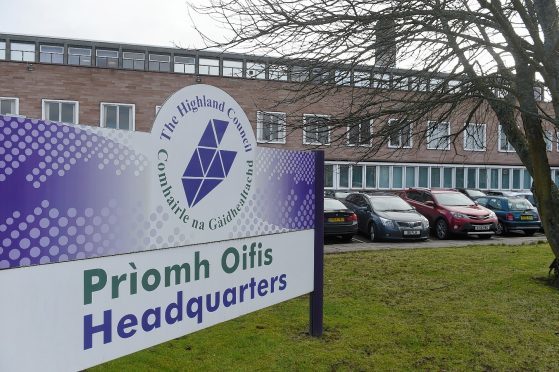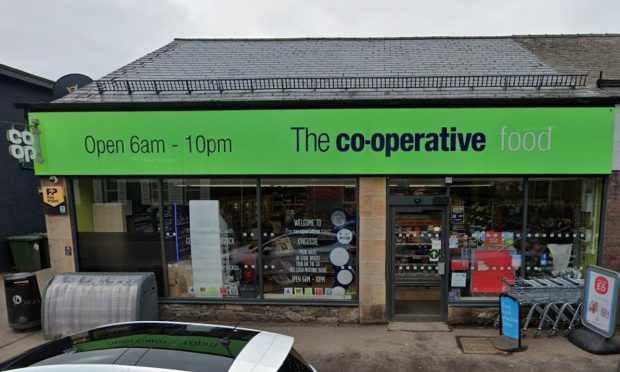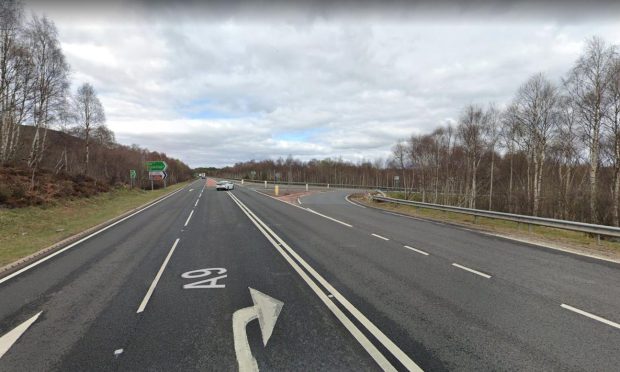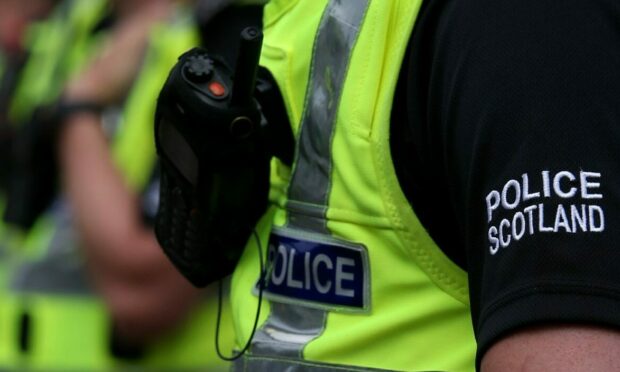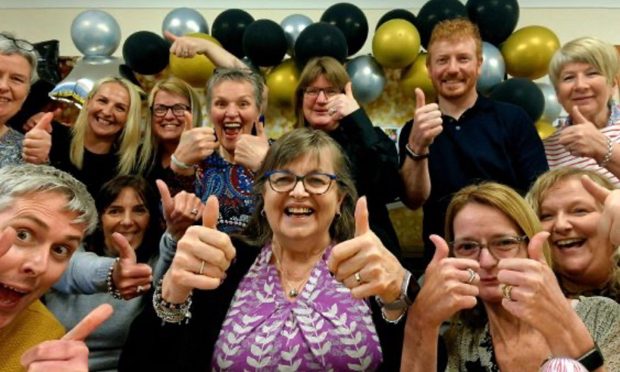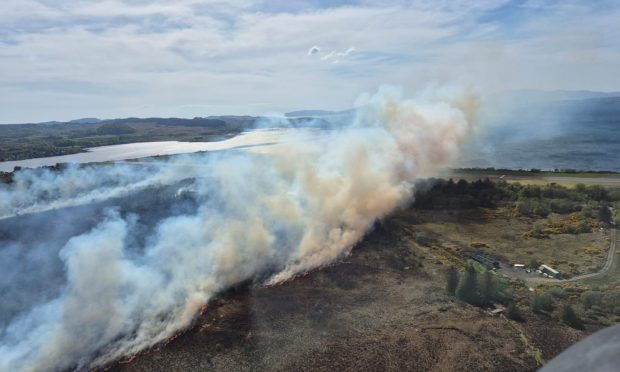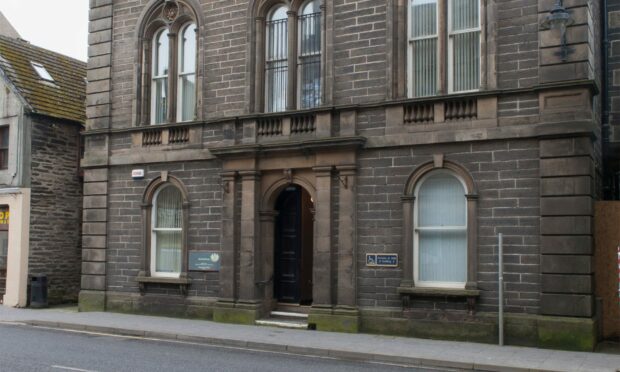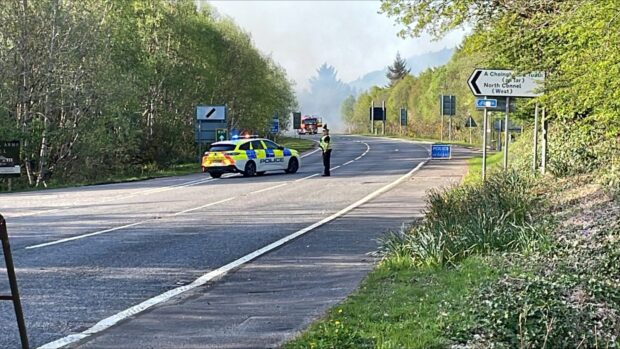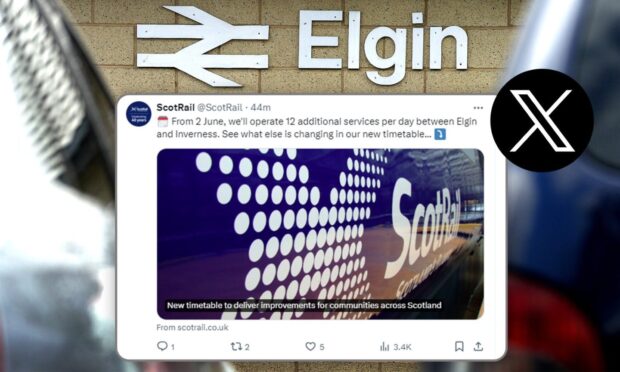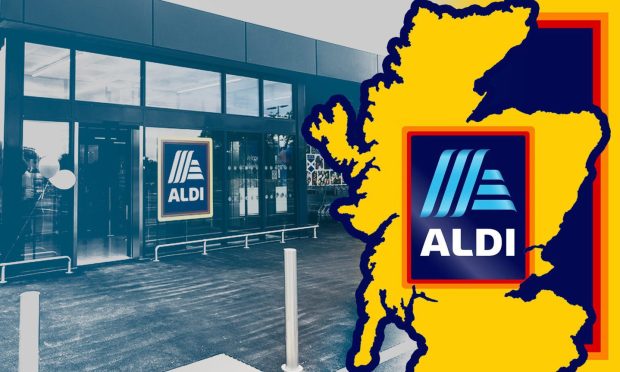Highland Council almost competes with the world of football with its reputation for merry-go-round management change.
And a multi-party coalition may materialise yet again if there is no clear majority.
Independent councillors formed a minority administration in 2015 after the collapse of the third pact in eight years.
On that last occasion, the SNP had fallen out with the Liberal Democrats, their Labour group partners left quietly and political parties all again returned to the opposition benches in the Glenurquhart Road chamber.
The Press and Journal understands that the various groups have already taken soundings about possible coalitions in the event of a hung 74-seat council on May 5.
The constant spin of revolving doors has coincided with the worst economic recession in modern times – beginning in 2008 with the budget leader at the time, David Alston, warning of a gathering storm.
Simmering frustration among Highland councillors over the SNP government’s long council tax freeze reached boiling point this year with an unprecedented budget outburst from Margaret Davidson, leader of the independent-led minority administration.
With increasing pressures on school capacity in Inverness and a multimillion-pound capital budget shortfall, she alleged that Scottish Finance Secretary Derek Mackay had failed to pass on £800million of UK Government funds to help ease the potential crisis.
The Scottish Government insisted that it had allocated “substantial investment” for north schools, noting that new ones – Tain Campus and Alness – would commence construction in 2018 and that its Schools for the Future programme had benefited the region to the tune of £63million.
Roads and health have been the other two dominant issues.
The independent administration prioritised roads maintenance with extra funding while health spending spilled into the council arena because of the integration of certain local authority and health board responsibilities.
Passions about health services in Caithness became an election issue as early as last November, when SNP MSP Gail Ross resigned her councillor role early following an angry area committee meeting.
While she was on duty at Holyrood, council colleagues meeting in Wick backed a public campaign opposing health board plans to “downgrade” maternity services at Caithness General Hospital.
Ms Ross said afterwards that her council position had become “unsustainable.”
Local activist Nicola Sinclair, of the campaign group Caithness Health Action Team that opposed the maternity shake-up, is now among nine candidates standing in Wick and East Caithness.
The group’s chairman, council budget leader Bill Fernie, is also standing in the ward along with Raymond Bremner (SNP), Luke Graham, (LD), Neil MacDonald (Lab), Willie Mackay (Ind), Linda Malik (Ind), Catherine Patterson (Ind) and Andrew Sinclair (Con).
The three wards in Caithness become two in May – the other new one is Thurso and Northwest Caithness.
The county’s previous quota of 10 councillors has been reduced to eight.
Four other wards will have one fewer member – Black Isle, Inverness Central, Inverness Ness-side and Culloden & Ardersier, cutting the 80-member council to 74.
Prior to the election, the party numbers were 33 independent, 16 SNP, 14 Lib Dem, seven Labour, five Highland Alliance, three non-aligned and two vacancies.
A total of 64 of the last intake of councillors are seeking re-election including two whose wives will also be contesting seats this time round.
The council has mourned the loss of two veterans. Inverness Labour member John Ford died last summer at the age of 85. Thurso independent group member John Rosie, 80, died last month.
Several councillors switched allegiance during the last council. None prompted by-elections.
The candidates
A total of 165 candidates are vying for the 74 Highland seats.
The largest contingent is 59 independents. The SNP has candidates in all 21 wards, doubling up with two candidates in 10 of them.
The Conservatives have one candidate in each ward while the Lib Dems have 19, Labour 15 and Green Party eight.
There are also candidates representing the Scottish Socialist Party, the Labour and Co-operative Party, the Liberal Democrat Focus Team, the Scottish Liberal Democrat Focus Team, the Scottish Christian Party, the Libertarian Party, Ukip and two offering no description.
New blood
One of the big guns of the council, former deputy leader and Liberal Democrat group leader David Alston, opted to step down after 18 years prior to his appointment as NHS Highland chairman.
The 65-year-old believes it is time for an injection of “new blood” into the council.
Proud to have served his Black Isle ward and the wider region, he had the unenviable task of being appointed the council’s first “budget leader” back in 2008, facing the first onslaught of global recession that has since ravaged successive local authority budgets.
A hastily called news conference he chaired at that time forecast just how grim the financial situation was likely to prove. He described the financial future as “probably the worst” in the council’s history.
The estimate at that stage was a £19.6million Highland budget gap. Of course, things worsened with a £50million saving required in a single year.
The council’s emergency reserves fund is currently at a record low.
Mr Alston, a historian, oversaw the early stages of a council redesign and said, then, that radical change in the public sector was required.
Speaking this week, he said: “There’s still a need for very significant change in the way we deliver services.
“I don’t think we’ve really succeeded in persuading many communities to take on more service delivery themselves and I don’t think we’ve sorted out the scale of community council involvement.”
He said he would miss the camaraderie of a broad mix of elected people.
